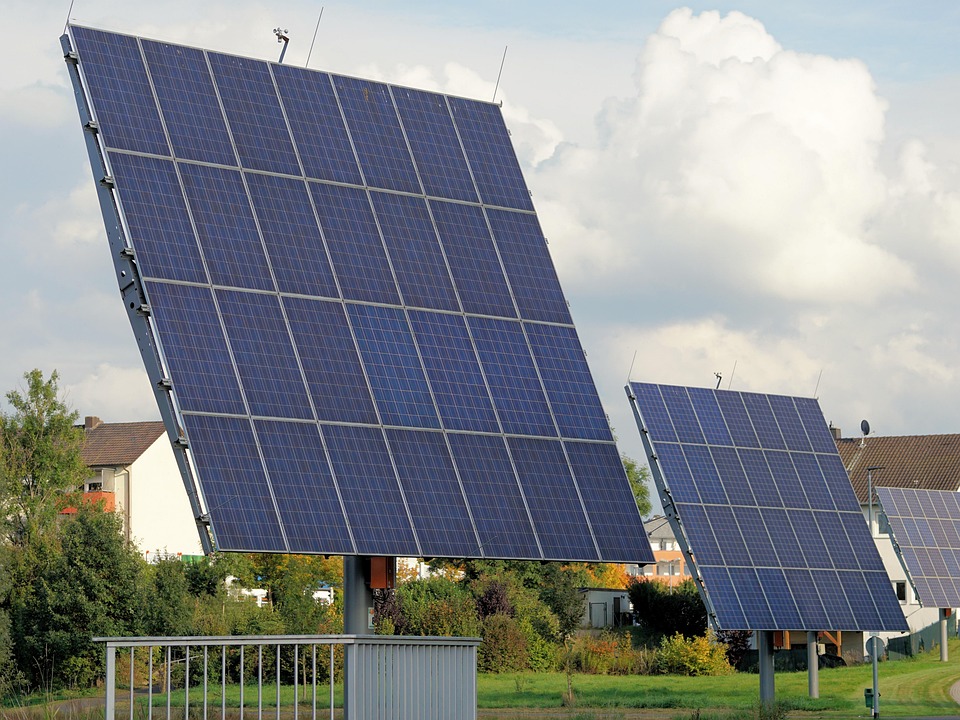Crafting a Winning Cover Letter for Environmental Engineers
In the realm of environmental engineering, where the balance between innovation and sustainability is ever so delicate, a well-crafted cover letter is your opportunity to shine. It’s not merely a formality; it’s your voice, your chance to convey passion, expertise, and a commitment to the environment.
Tailoring to the Job
Begin by meticulously reading the job description. Each role has its unique nuances, and aligning your skills with the company’s needs is paramount. Highlight specific experiences that resonate with the requirements. For example, if the role emphasizes waste management expertise, mention a project where you successfully implemented a waste reduction strategy. This not only showcases your qualifications but also demonstrates your attention to detail and genuine interest in the position.
-
Research the Company: Familiarise yourself with the organisation’s mission, values, and recent projects. Understanding their ethos allows you to craft a narrative that connects your personal ambitions with their goals.
-
Highlight Relevant Skills: Use concrete examples to illustrate your technical competencies. Whether it’s proficiency in environmental modelling software or experience in regulatory compliance, be specific. This strengthens your credibility and shows you’re not just another applicant.
Showcasing Passion
Environmental engineering is as much about heart as it is about science. Employers want to see that you care deeply about the planet and are motivated to make a difference. Share a brief anecdote about what sparked your interest in this field. Perhaps it was a childhood experience in nature or a university project that opened your eyes to the pressing issues our planet faces. This personal touch can make your letter memorable.
- Connect with Current Trends: Mention any contemporary environmental issues that resonate with you, and tie them to your desire to contribute to solutions. This shows that you’re not just knowledgeable but also engaged with the world around you.
Professional Tone and Structure
While passion is crucial, so is professionalism. A cover letter should maintain a formal tone, yet be warm and approachable. Use active voice and avoid jargon unless it’s industry-standard. Clarity is vital; your writing should flow naturally, guiding the reader through your experiences and aspirations without confusion.
-
Format Matters: Ensure that your cover letter is well-structured. Use clear paragraphs and bullet points where necessary. A cluttered layout can detract from your message. Aim for a length of about one page—enough to convey your points without overwhelming the reader.
-
Proofread: The importance of this step cannot be overstated. Grammatical errors or typos can undermine your professionalism. Take a break after writing, then revisit your letter with fresh eyes. Better yet, have someone else review it for feedback.
The Final Touch
Before you hit send, make sure to express your eagerness for an interview in a confident but humble manner. A closing statement that reiterates your enthusiasm for the role and appreciation for the opportunity can leave a lasting impression.
As you navigate the competitive landscape of environmental engineering, remember that a compelling cover letter can be your ticket to standing out. With CVPortal continually bringing you a wealth of high-quality CV references, you are well-equipped to refine your application materials and make your mark in this vital field.


